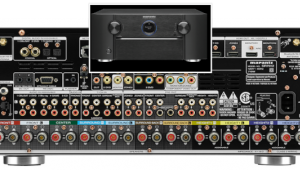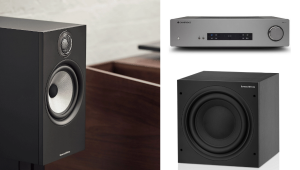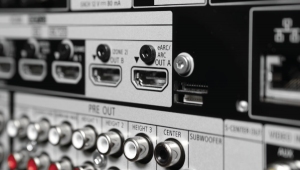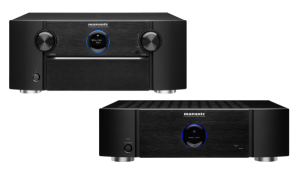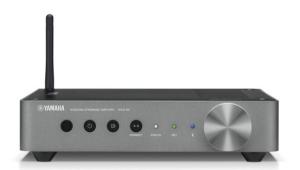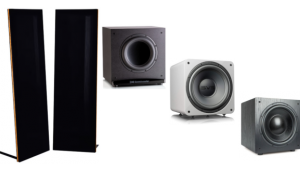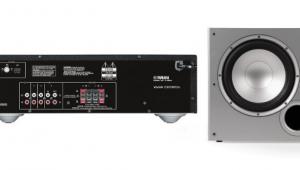Am I Losing Sound Quality If My Gear Isn’t Spec’d to 192 kHz?
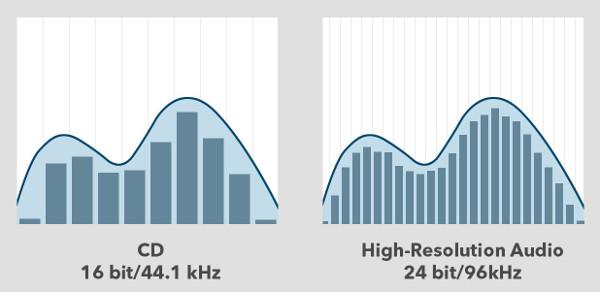
Q My Sony Blu-ray player can play DTS-HD Master Audio soundtracks with up to 192-kilohertz/24-bit resolution. However, my receiver’s specified bandwidth is 20 Hz to 20 kHz, and my Polk 330T speakers only cover a frequency range of 33 Hz to 25 kHz. Am I losing sound quality because the receiver and the speakers aren’t spec’d to handle frequencies up to 192 kHz? — Javier Feliciano / via email
A Quick answer, no, but let’s step back and walk through your question. Audio tracks with sampling rates higher than the CD format’s 44.1 kHz are available on Blu-ray Disc and from high-resolution music download sites like HDtracks.com. But high sampling rates don’t necessarily translate into useful sonic information that the human auditory system can process.
In signal processing, an operating principle called the Nyquist Theorem specifies the minimum sampling rate required to adequately capture an analog waveform without introducing a particularly nasty-sounding form of distortion known as aliasing. For digital audio, that rate is usually 44.1 kHz, which translates to a Nyquist Frequency of 22.05 kHz—enough to cover the full range of frequencies the human ear can hear, which is generally cited as 20 Hz to 20 kHz.
Meanwhile, that 20-Hz-to-20-kHz spec you’re seeing for your receiver has nothing to do with its frequency response. Rather, it’s the audio band used by the manufacturer to measure and specify amplifier output power. (Receiver frequency response specs typically extend into the 50-kHz range.) However, the 33-Hz-to-25-kHz range you cite for your speakers in all likelihood is its manufacturer supplied frequency response.
So, to return to the question of whether you’re missing out on sound quality because your receiver and speakers aren’t spec’d to handle frequencies up to 192 kHz, the answer is no because your ears aren’t capable of hearing frequencies higher than 20 kHz. The main benefit to higher-than-44.1-kHz sampling rates in digital audio is to extend the Nyquist Frequency well outside the human hearing spectrum—so far out that there isn’t even a remote possibility of anomalies associated with the required anti-aliasing filters creeping into the audio band. While many might say that makes hi-res audio overkill, some astute listeners maintain they can hear a quality difference when higher sampling rates are used.
